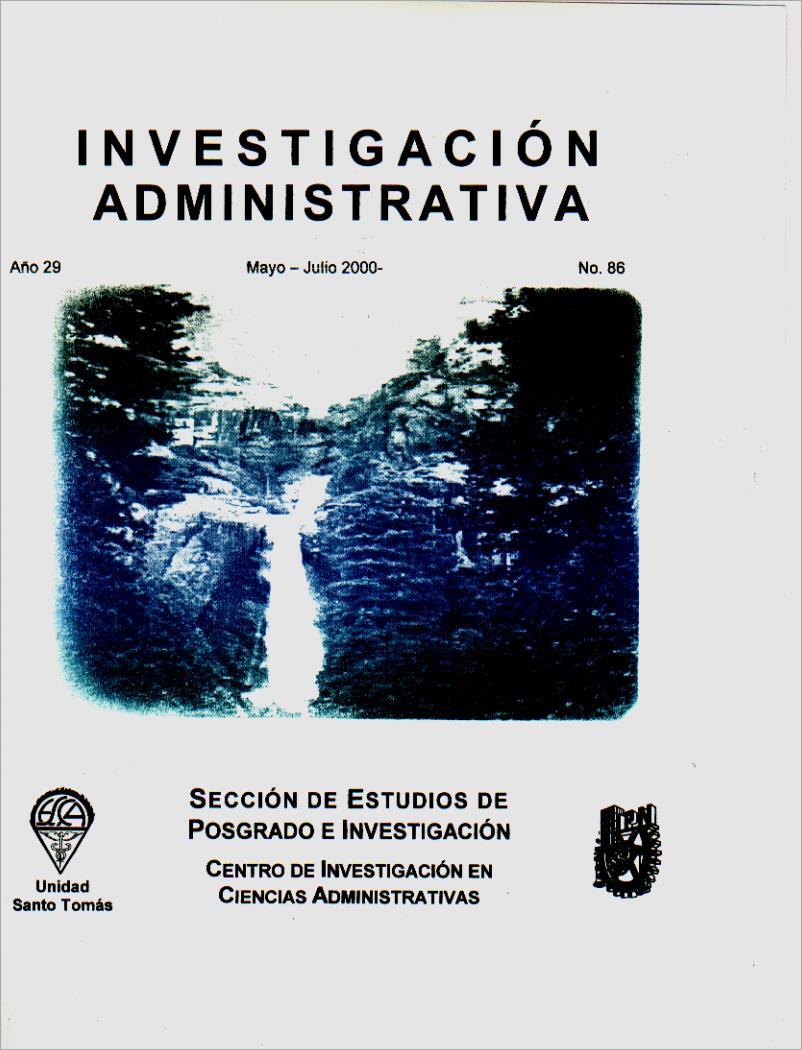CRITICAL, NEW DIRECTIONS IN EDUCATIONAL LEADERSHIP
Contenido principal del artículo
Resumen
Educational leadership is an emergent field, newly constituted and developing. As with any new concept, field or arena of action, there are forces at work which, over the long run, may operate to open the field up or close it down. In an attempt to keep the field of educational leadership open as long as possible I will push the boundaries of educational leadership. My role here is that of a provocateur. My intent is to provoke, to stimulate, not to alienate.
There are three primary areas of critical, new work either being done or in need of being done in educational leadership. The three areas of educational leadership (and research into educational leadership) that I will focus on are these: 1) the re integration of the human subject; 2) the ethnography of educational leadership; a
Detalles del artículo

Esta obra está bajo una licencia internacional Creative Commons Atribución-NoComercial 4.0.
Citas
Beatty, 6. (in press). The emotiins of educational leadership: Breaking the silence. The International Journal of Leadership in Education.
Cordeiro, P. (2000, April). A cross-case analysis of six studies exploring the role of the school principal in sóc nations. Paper presented to the annual meeting of the Ameritan Educational Research Association, New Orleans, Louisiana.
Hallinger, P., & Leithwood, K (1998). Unseen forces: The impact of social cui?ure on school leadership. Peabody Journal of Education, 73(2), 126-l 51.
Hargreaves, A. (1996). The emotional poliiics Of teaching and teacher development: With implications for educational leadership. The International Journal oí Leadership in Education, l(4), 315-336.
Moller, J., Johansson, O., & Moos, L. (2000, April). A Scandinavian perspectiie on the culture of educational leadership. Paper presented to the annual meeting of the Ameritan Educational Research Association, New Orleans, Louisiana.
Noddings, N. (1984). Caring. Berkeley, CA: Universify of California Press.
Noddings, N. (1992). The challenge to care in schools. New York: Teachers College Press.
Rawe, J. (May 29, 2000). What will be the 10
Corson, D. (2000). Emancipatoty leadership. The International Journal of Leadership in Education, 3(Z), 93-120.
hoftest jobs? Time Europe (On line). Available at: http://www.t¡me.conv?¡me/europe/magaz¡ne/2000/ 0329hr2ljobshtml
Denzin, N. (1984). On understanding emotions. San Francisco: Jossey-Bass.
Dimmock, C., & Walker, A. D. (2000, April). Developing a cross-cuitural approach to comparative school leadership, management, and policy: Some considerations for methodology. Paper presented to the annual
Texas Monthly (August 2000). Hut, hut, pay hike! pp. 59-62.
meeting of the Ameritan Educational Research Association, New Orleans, Louisiana.
Gardner, H. (1983). Frames of mind. New
Waite, D. (in press). The culture(s) of educational leadership: Troubling times and spaces. Scholar- Practiiioner Quarterly.
Wolcott, H. F. (1999). Ethnography: A way of seeing. Walnui Creek, CA: Aiiamira Press York: Basic Books.

